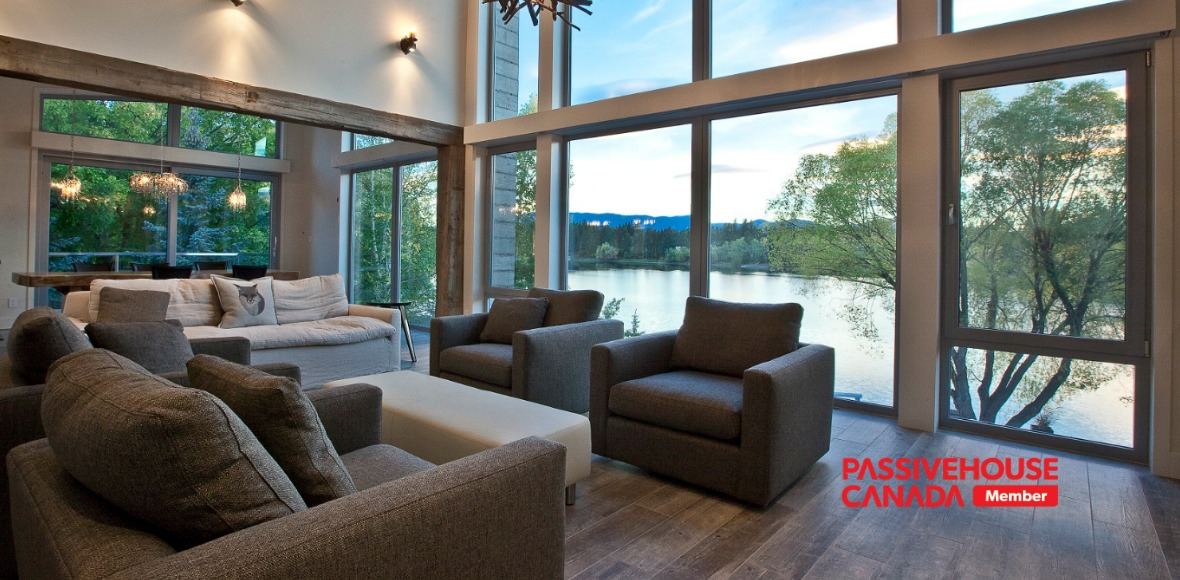
We Are Now Passive House Canada Members
November 2018 update: Innotech Windows + Doors introduces PHI Certified windows. Learn more about the Defender 88PH System.
We’re very excited about the new year!
We’re kicking it off with a new membership. Innotech Windows + Doors is now a member of Passive House Canada.
In the last 15 years, we have built a solid reputation as a manufacturer of high-performance windows and doors for performance-driven single family, low to high-rise buildings and commercial projects in the Pacific Northwest. In the last decade, several certification standards have evolved and grown in popularity, including the Passive House (PassivHaus) standard. Today, Passive House is considered to be the most rigorous voluntary energy-based standard in the design and construction industry.
Passive House Standard
Buildings designed and built to the Passive House standard require very little energy to maintain a constant, pleasant temperature in all seasons. As a result, not only are Passive House buildings more comfortable for the occupants, they also consume up to 90 percent less heating and cooling energy than conventional buildings. Here is a 90-second video that explains Passive House:
For more information on Passive House, visit Passipedia, the International Passive House Association Passive House resource centre.
Passive House Requirements
In order to achieve Passive House certification, the international Passive House Standard requires:
- Space Heating Demand: not to exceed 15 kWh annually OR 10W (peak demand) per square metre of usable living space.
- Space Cooling Demand: roughly matches the heat demand with an additional, climate-dependent allowance for dehumidification.
- Primary Energy Demand: not to exceed 120 kWh annually for all domestic applications (heating, cooling, hot water, and domestic electricity) per square metre of usable living space.
- Airtightness: maximum of 0.6 air changes per hour at 50 Pascals pressure (as verified with an onsite pressure test in both pressurised and depressurised states).
- Thermal Comfort: must be met for all living areas year-round with not more than 10% of the hours in any given year over 25°C.
For additional requirements, view the Complete Passive House brochure here.
Passive House Windows
It’s clear the windows and doors are an important component in achieving the Passive House requirements. The design of the home, the choice of windows, and the installation of the windows all play a critical role.
- Overall Design: the orientation, size and shading of the windows in the building must be carefully considered.
- Window System: the window system must be engineered to be highly energy-efficient, airtight and durable.
- Window Installation: the installation of the windows within the openings must be taken into account.
One of the important facts to remember is that windows and doors do not need to be Passive House certified to be installed in a Passive House certified project. But while certification may not be necessary, a high-performance window system certainly is – if you’re designing or building a Passive House project, ask us for our thermal modelling data for use in the PHPP software.
We are excited to continue to evolve and push the boundaries of performance with our membership of Passive House Canada. Stay tuned to exciting new product developments in the next year!

